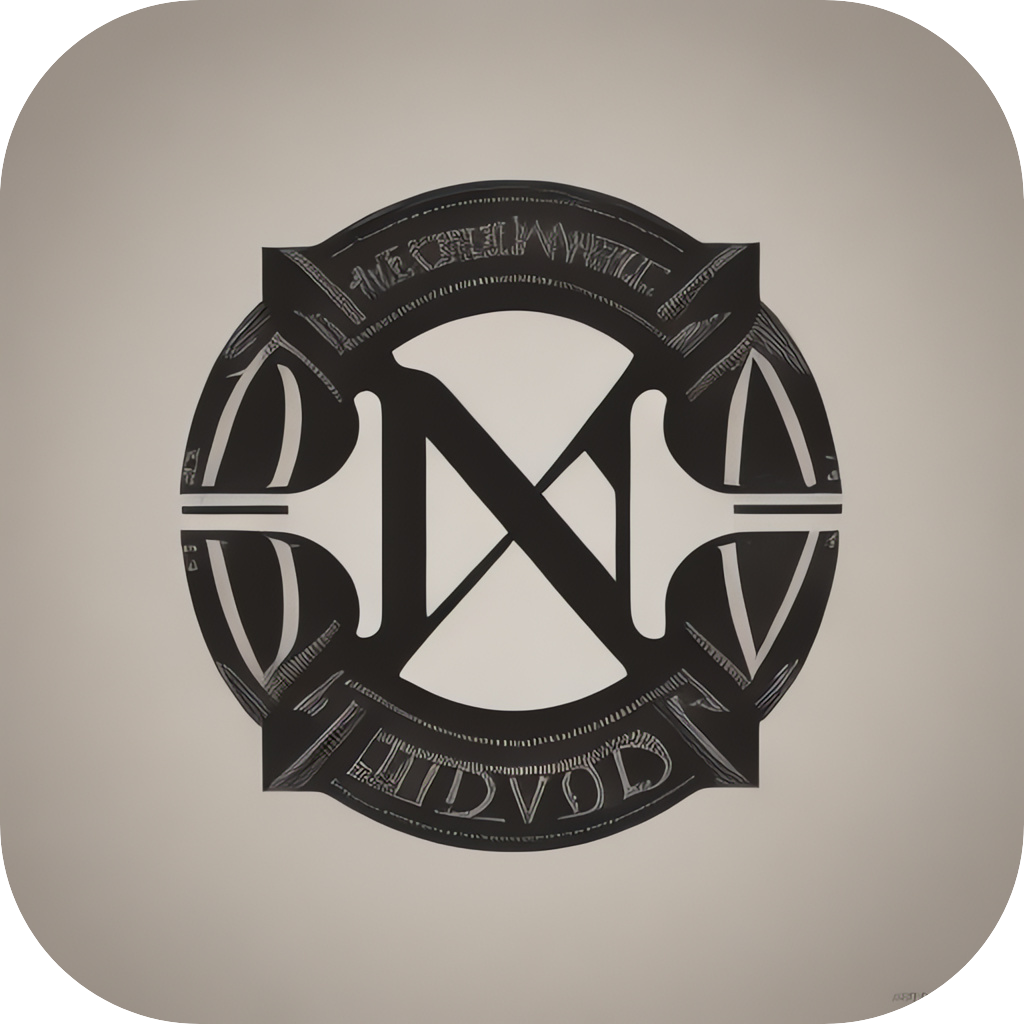Mastering MarkdownMind: A Comprehensive Guide to Elevating Your Digital Note-Taking Experience
In recent years, digital note-taking has become an increasingly popular method for organizing and structuring information. One of the most versatile and powerful tools to facilitate this process is Markdown, a simple yet effective syntax for formatting rich text. “MarkdownMind” serves as a comprehensive guide to mastering Markdown, a key skill for anyone looking to enhance their digital note-taking experience. In this guide, we’ll explore Markdown’s fundamentals, explore various tools and software that support Markdown, and offer tips to help even the most advanced digital note-takers unlock Markdown’s full potential.
**Discovering the Power of Markdown**
Markdown transforms plain text into readable and beautifully formatted articles, documents, and notes. The syntax is straightforward and requires no prior knowledge in HTML or CSS. This simplicity makes it ideal for creating, editing, and sharing content across various platforms, making it an essential skill for digital productivity.
**The Fundamentals of Markdown**
To effectively leverage Markdown, it’s crucial to understand its basic syntax rules:
– **Headings**: Headings are created using pound signs (#). For example, `# Heading 1` creates a first-level heading.
– **Bold and Italic Text**: Surround words or phrases with double asterisks (*) for bold content or single asterisks (*) for italics.
– **Links**: Inline links are created by typing the target URL followed by a bracketed description.[Link Description](URL)
– **Emphasis**: To emphasize content, use one asterisk (*) for singular words or double asterisks (**) for phrases.
– **Lists**: Unordered (bullet) lists use asterisks (*) or hyphens (-) at the beginning of lines. For ordered (numbered) lists, use numbers followed by periods (.).
– **Blockquotes**: Begin a quote with a greater than symbol (>) on a new line.
**Tools and Resources for Markdown**
Several tools and software enable users to take advantage of Markdown’s capabilities:
– **Markdown Editors**: These include platforms like Typora, Obsidian, and the built-in Markdown editor in most text editors on both Mac and Windows.
– **File Converters**: Tools like Markdown2PDF and Pandoc can convert Markdown documents into various formats, including PDF, HTML, and DOCX.
– **Preview and Collaboration Tools**: Applications like Zettlr and Bear provide advanced features such as real-time preview, tagging, and collaboration capabilities.
**Maximizing Your Markdown Experience**
To elevate your digital note-taking experience, consider these tips:
1. **Consistency**: Maintain a consistent use of Markdown formatting in your notes, which improves readability and organization.
2. **Structure**: Use headings and lists to create a clear and logical structure, making your notes easier to scan and find information.
3. **Search Functionality**: Take advantage of a tool’s search function to quickly find keywords, topics, or phrases within your notes.
4. **Integration with Other Tools**: Use tools that integrate with or export to other apps or platforms to extend your digital workflow (e.g., with reference managers or project management tools).
5. **Theme Customization**: Some Markdown editors offer customizable themes and syntax highlighting, which can greatly enhance your viewing experience.
**Conclusion**
By understanding the basics of Markdown, utilizing the right tools, and applying best practices, you can significantly enhance your digital note-taking experience. Whether you’re managing projects, keeping personal journals, or creating instructional materials, the versatility and power of Markdown enable you to create, structure, and share your ideas with ease and efficiency. Embrace the simplicity and elegance of Markdown for a more organized, productive, and satisfying way to manage your digital content.
